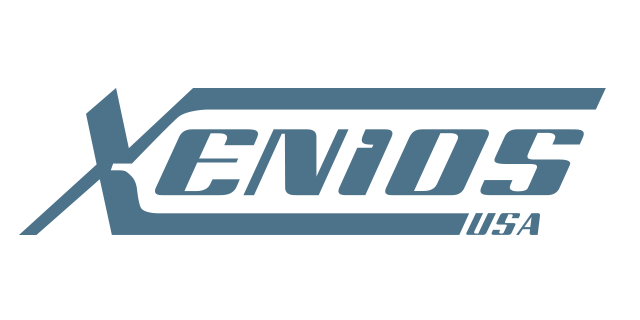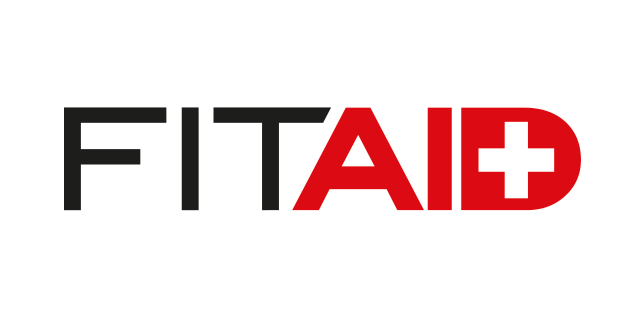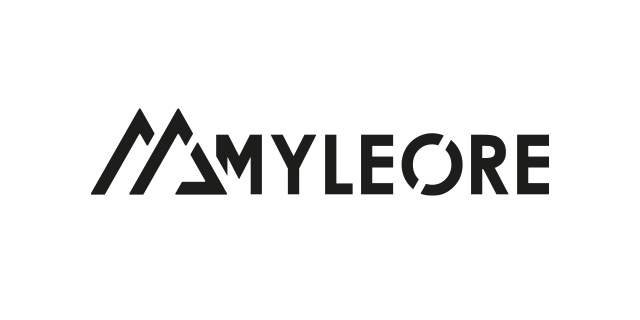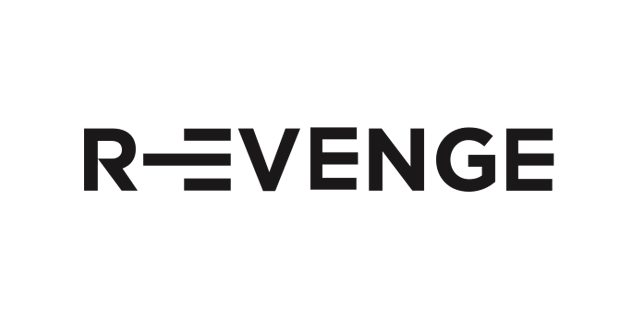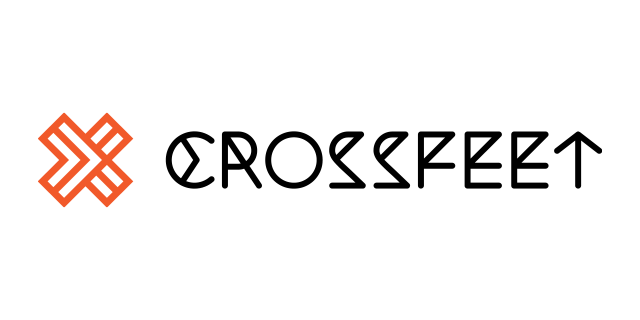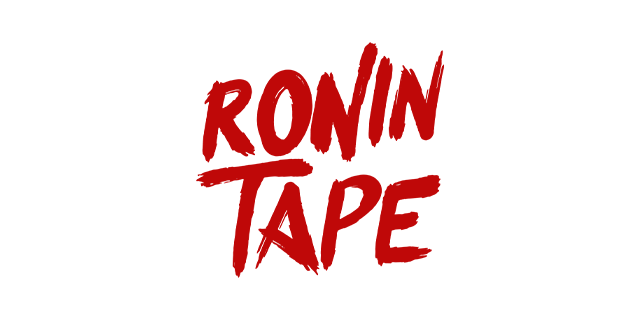2021 Events Schedule
The elimination stage takes place on Friday: the ranking at the end of the first day determines which competitors move on to the semi-final on Saturday. The final stage takes place on Sunday: competitors of Master divisions finish the competition with the last workout, while the top-5 competitors of the Individual division must face also the final Showdown.
Friday 24/9
10.30 am / 5.45 pm – A/Z order
Event 1
In 3 minutes perform
BUY IN, FOR TIME:
– 40 Wall Ball, 6/9Kg (tie break time)
THEN, FOR MAX REPS:
– Toes to Bar*
*Scaled: Hanging Knee Raise
Rest 1 minute, then Event 2 will begin
Event 2
In 3 minutes perform
BUY IN, FOR TIME:
– 40 Box Jump Over, 50/60cm (tie break time)
THEN, FOR MAX Reps:
– Double Under*
*Scaled: Single Under
Rest 1 minute, then Event 3 will begin
Event 3
In 3 minutes perform
BUY IN, FOR TIME:
– 30/40 cal. Row (tie break time)
THEN, FOR MAX REPS:
– Clean, 45/60Kg*
*Scaled: Deadlift
At the end of the elimination phase, the best 234 competitors make the cut and move on to to the next stages based on the quotas per age division. The detailed schedule of day-1 can be downloaded by clicking this button…
DAY-1 HEATSSaturday 25/9
10.00 am – Masters / 11.15 am – Individuals
Event 4
For time, partitioned any way:
– 50 Pull up
– 50 Thruster, 25/40Kg
(time cap 5 minutes)
There is no scaled version for this workout.
1.15 am – Masters / 3.00 am – Individuals
Event 5
For time:
– 12 Handstand* Push up
– 30 Double Under*
– 9 Handstand* Push up
– 30 Double Under*
– 6 Handstand* Push up
(time cap 4 minutes)
*Scaled: Hand-release Push up, Single Under
Rest 1 minute, then Event 6 will begin.
Event 6
For time:
– 10m Overhead* Walking Lunges, 35/50Kg
– 15/20 cal. BikeErg
– 10m Overhead* Walking Lunges, 35/50Kg
– 15/20 cal. BikeErg
– 10m Overhead* Walking Lunges, 35/50Kg
(time cap 4 minutes)
*Scaled: Front Rack
At the end of the semi-final phase there are no cuts, all competitors advance to the final phase. The detailed schedule of day-2 can be downloaded by clicking this button…
DAY-2 SCHEDULETo know the heats times of day-2 and day-3 of a specific competitor, open the leaderboard and click the competitor’s name.
Competitors who made the cut, must show up at the check-in desk of the warm-up area 30 minutes before their heats.
Sunday 26/9
10.00 am – Masters / 12.00 pm Individuals
Event 7
For time:
– 3/5 Bar Muscle up*
– 10 Db Hang Clean and Jerk, 15/22.5Kg
– 3/5 Bar Muscle up*
– 8 Db Hang Clean and Jerk, 15/22.5Kg
– 3/5 Bar Muscle up*
– 6 Db Hang Clean and Jerk, 15/22.5Kg
– 3/5 Bar Muscle up*
– 4 Db Hang Clean and Jerk, 15/22.5Kg
– 3/5 Bar Muscle up*
– 2 Db Hang Clean and Jerk, 15/22.5Kg
(time cap 10 minutes)
*Scaled: Chest to bar
For Individuals only, Event 8 will begin immediately after Event 7.
3.45 pm – Masters
Event 8
In 6 minutes perform:
– 1 RM Snatch Complex (Power Snatch + Hang Squat Snatch + Overhead Squat)
5.15 pm – Top 5 Individuals
Showdown
Competitors will not know the movements or reps until the start of the event. They will be informed of the exercises and reps required as they progress through each station.
The detailed schedule of day-3 can be downloaded by clicking this button…
DAY-3 SCHEDULETo know the heats times of day-2 and day-3 of a specific competitor, open the leaderboard and click the competitor’s name.
Competitors who made the cut, must show up at the check-in desk of the warm-up area 30 minutes before their heats.
* Those who are unable to perform the Rx movement can choose the Scaled version and will be ranked below those who performed that workout as Rx.
Times subject to change.
Workout Description
Wall Ball
The medicine ball must be in the support position in front of the body at the start of each rep. Squat until the hip crease is below the knee. The rep is credited when the center of the ball hits the target at or above the specified height. If the ball hits low or does not hit the wall, it is a no-rep. If the ball drops to the ground from the top, the ball must settle on the ground before the next rep; it cannot be caught off the bounce.
Toes to Bar
The athlete must go from a full hang to having the toes (or the top of the foot) touch the pull-up bar. At the start of each rep the arms and the hips must be fully extended at the bottom and the feet must be brought back behind the vertical plane of the bar. Overhand, underhand, or mixed grips are all permitted. Both feet must come into contact with the bar at the same time, inside the hands.
Hanging Knee Raise
The athlete must go from a full hang to having the knees above the level of the hips. At the start of each rep the arms and the hips must be fully extended at the bottom and the feet must be brought back behind the vertical plane of the bar. Overhand, underhand, or mixed grips are all permitted. Both knees must come above the level of the hips at the same time.
Box Jump Over
The athlete must go from one side of the box to the other by passing over it. There is no requirement to stand tall while on top of the box. Only the feet may touch the box. A two-foot takeoff is required, and step-up is not allowed. The athlete may jump on top of the box and then jump or step off to the other side, or the athlete may jump completely over the box. The athlete can land above the box, with both or only one of the feet, and can descend from the other side as he wishes (jump or step). If jumping over the box, the feet must go over the box, not around it. Each rep is counted when the athlete lands on the ground on the opposite side; from there, he may begin the next rep.
Double Under
This is a double jump rope, in which the rope must pass under the feet twice for each jump. The rope must spin forward and the jump must be two-footed.
Single Under
This is a standard jump rope in which the rope passes under the feet only once for each jump. The rope must spin forward and the jump must be two-footed.
Row
The athlete may begin seated on the rower but may not grab the handle until the start. The athlete may set the damper before or during the workout but may not set the monitor. The monitor must be set to zero before the start exclusively by the judge. At the start the athlete grabs the handle and begins rowing until the monitor displays the required score.
Clean
The barbell begins on the ground. The rep is complete when the athlete’s hips and knees are fully extended and the bar is resting on the shoulders in the front rack position with the elbows in front of the bar and the feet in line. Any style of clean is admitted: muscle, power, squat, split. Touch-and-go is permitted. Dropping is also permitted but bouncing is not: once dropped, the barbell must settle on the ground before beginning the next repetition.
Deadlift
This is a traditional deadlift with the hands outside the knees. Sumo deadlifts are not allowed. Starting at the floor, the barbell is lifted until hips and knees reach full extension with the shoulders behind the bar. The arms must be straight throughout, bouncing is not admitted. If the barbell drops to the ground, it must settle on the ground before the next rep; it cannot be caught off the bounce.
Pull up
The start position is with the athlete hanging from the bar with feet off the ground and arms extended. In the end position the athlete must clearly overcome the horizontal line of the bar with the chin. Repetitions can be performed in any style: strict, kipping or butterfly.
Thruster
Each repetition must start with the barbell in the front rack position and end in full lockout above the head going through the full squat position. In the bottom position it is mandatory to cross the parallel, with the iliac crest lower than the knee line, while in the top position the athlete has to extend knees, hips and arms with the barbell in control in line or slightly behind the midline of the body. The feet must be in line. In the first rep of each set, a Cluster is allowed. Once the bottom position is reached, the movement to reach the final position must be continuous and fluid, pauses or re-dips are not allowed.
Handstand Push Up
The end and start position coincide: the athlete must have the arms extended, the head should be at least in line with the arms and the only part of the body that touches the wall is the feet. Kipping is allowed and the entire hand must remain within the marked area for the entire repetition.
Double Under
This is a double jump rope, in which the rope must pass under the feet twice for each jump. The rope must spin forward and the jump must be two-footed.
Hand-release Push Up
Each rep starts and ends with the elbows locked. A straight body position must be maintained throughout the push-up. No snaking, sagging or pushing up from the knees is allowed. The elbows must be locked out at the top with the feet no wider than shoulder width. On the ground, the chest must clearly touch the floor, and the hands must be completely lifted off the ground.
Single Under
This is a standard jump rope in which the rope passes under the feet only once for each jump. The rope must spin forward and the jump must be two-footed.
Overhead Walking Lunge
The barbell must start from the overhead position. During the lunge the back knee must clearly touch the floor. In the top position, the hip and leg that control the lunge are both extended. Knee and hip extension of the leg that controls the movement must be clear at each repetition. Lunges must be performed with alternating legs. The athlete must alternate the active leg after each successful repetition, but must complete a valid repetition before starting a rep with the other leg.
BikeErg
The athlete may begin seated on the bike but may not pedal until the start. The athlete may set the damper before or during the workout but may not set the monitor. The monitor must be set to zero before the start exclusively by the judge. At the start the athlete begins pedaling until the monitor displays the required score.
Front Rack Walking Lunge
The barbell must start from the front rack position. During the lunge the back knee must clearly touch the floor. In the top position, the hip and leg that control the lunge are both extended. Knee and hip extension of the leg that controls the movement must be clear at each repetition. Lunges must be performed with alternating legs. The athlete must alternate the active leg after each successful repetition, but must complete a valid repetition before starting a rep with the other leg.
Bar Muscle Up
The start position is with the athlete hanging from the bar with feet off the ground and arms extended. In the end position the athlete must be in control on top of the bar with the arms extended and the shoulders above or slightly beyond the line of the bar itself. The athlete must pass from a dip position or a portion of dip. In the kipping phase, it is not permitted to go over the horizontal line of the bar with feet.
Db Hang Clean and Jerk
In the first repetition of each set, the athlete will have to perform a Deadlift to bring the dumbbells into the hang position. Athlete can perform a Muscle Clean, Power Clean, Squat Clean or Split Clean to bring the dumbbells to the shoulders. From the shoulders, the athlete can bring the dumbbells over the head with a Push Jerk or a Split Jerk. In the top position, arms, hips and knees must be fully extended and locked, with the dumbbells clearly above the center of the athlete’s body midline. Feet must be aligned. Swing is allowed, drop is not, from no height. In case of drop, it’s a no-rep.
Chest to Bar
The start position is with the athlete hanging from the bar with feet off the ground and arms extended. In the end position the athlete must clearly touch the bar with his chest. Contact should take place below the collar bones. Repetitions can be performed in any style: strict, kipping or butterfly.
Snatch Complex
- The rep starts with the barbell on the ground. The athlete must bring the barbell overhead with a Power Snatch, in a unique movement, without going through the rack position and without going in the full squat position, therefore the iliac crest must not fall below the horizontal line of the knee. In the top position the feet are in line, the knees, hips and arms must be extended with the barbell positioned on the midline of the body, with the head at least in line with the arms and the load in control.
- Just after completing the Power Snatch, without bringing the barbell back on the floor and without letting it drop below the line of the knees, the athlete must perform a Hang Squat Snatch. The barbell must restart from the hang position, with the arms fully extended. From the hang position, the barbell must arrive in the top position in a unique movement, without going through the rack position. In this case it’s mandatory to go through the full squat position, so the iliac crest must fall below the horizontal line of the knees. In the top position the feet are aligned, the knees, hips and arms must be extended with the barbell on the midline of the body, with the head at least in line with the arms and the load in control.
- After completing the Hang Squat Snatch, the athlete must hold the barbell in the overhead position and perform a full Overhead Squat, so the iliac crest must fall again below the horizontal line of the knees, and then return to full extension. In the top position the feet are aligned, the knees, hips and arms must be extended with the barbell on the midline of the body, with the head at least in line with the arms and the load in control.
ATTENTION: once the Snatch Complex has begun, the entire sequence of the three lifts must be performed unbroken. The only resting positions allowed are: hang (above the line of the knees, without locking on the hips) and overhead. Any other break is a no-rep and the entire sequence must be repeated. Re-grip is allowed but at no stage of the movement is it allowed to rest with the barbell locked on the hips or in rack position.


